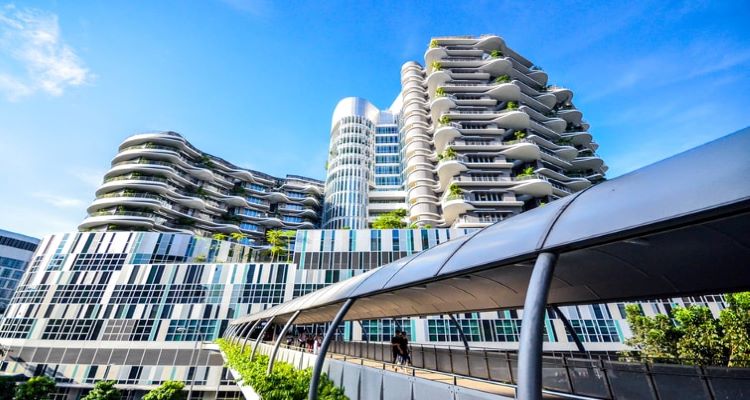BIM: the green future of the sector - The case of Net-Zero in UK

BIM as part of the responsibility and funding
Within the net-zero construction environment the BIM plays an essential role since the focus to achieve this purpose must be on pre-construction activities. These generate a large part of the waste and low operating efficiencies that can lead to design changes in the final stages and, therefore, to a reworking of the project and a poor optimization of the materials.
There are opportunities for improvement in this area. However, the sector is not well positioned or prepared to make this possible due to the low adoption of new technologies and the lack of information management during the structure's life cycle. Thinking digitally is the solution that can align projects and achieve sustainable objectives.
Greater commitment can be achieved by encouraging supplier collaboration, highlighting inefficiencies and questioning inefficient design decisions. In addition, waste can be discovered and reduced throughout the life cycle of an infrastructure with BIM-enabled tools such as Digital Twin.
On the other hand, the BIM can function as a precursor to adopting the pre-fabrication of structures. This generally improves the quality of the constructive components, reduces their cost and minimizes waste in comparison with similar work on site. It is estimated that up to 80% of construction waste and a third of the use of concrete can be avoided by this method.
As argued in BIMToday: "Providing information on the design and construction of building components, including their environmental costs, to outside manufacturers in a machine-readable format negates the need for significant human intervention in the process, allowing for a faster and more accurate flow of information between designers, suppliers and manufacturers. Improving the quality of information provided to external manufacturers will help raise the quality and minimize waste of the building components they produce; the benefits could be exponential if properly supported, such as simulating crash detection in a virtual environment before waste can occur.
Therefore, both the integration of the BIM and improved communication between participating parties allows for greater commitment and increased trust. The benefits and opportunities of the BIM can become the green future of the industry.
Source: BIMToday I World Green Building Council
Source: https://www.pbctoday.co.uk/news/bim-news/bim-net-zero/86563/












